Operated by the National Discovery Museum Institute, Museum Siam is Thailand’s first “discovery museum”, a concept focused on hands-on learning and visitor engagement.
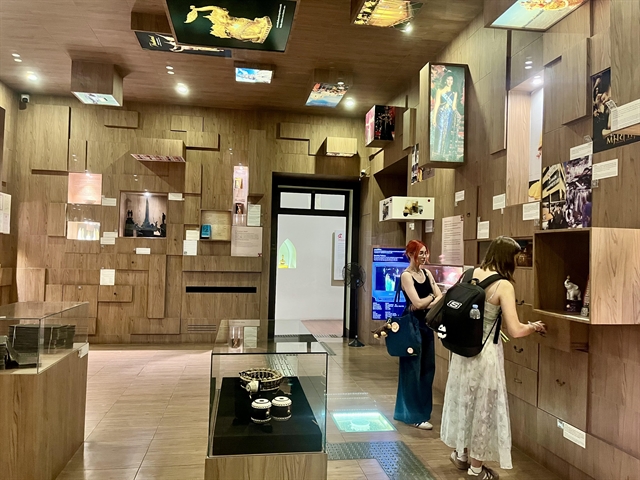
Tourists explore Museum Siam in Bangkok, Thailand. VNS Photos Nguyễn Hằng
By Nguyễn Hằng
When he explored Museum Siam in Bangkok, Thailand, Paul Vithayaveroj was struck by its creative use of technology.
“I think it’s cool,” he said. "The museum has huge shows with the displays moving up and down with the music and light."
Vithayaveroj, a repeat visitor from California, the United States, also appreciated the museum’s more traditional elements.
"It utilises flip books that visitors can read to look at the history of the language, or about topics like food," he said.
“The food exhibit was great, and it displays all the different kinds of food when you scan the QR codes.”
Vithayaveroj plans to return and recommends the museum to anyone visiting the country.
“I would tell anybody who visits Thailand that they should come to the museum and check it out for sure,” he added.
Vithayaveroj is one of around 250,000 annual visitors to Museum Siam.
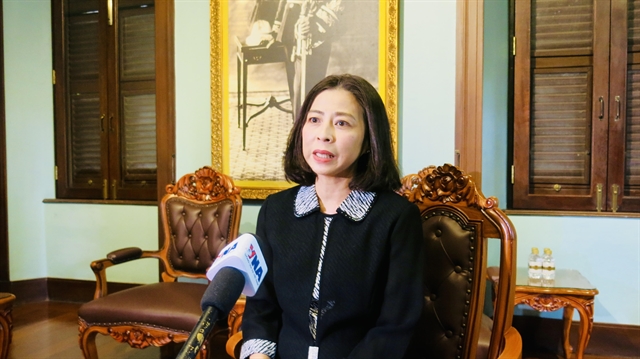
Deputy Director of the Museum Siam Sukumal Phadungsilp.
According to the deputy director of the museum, Sukumal Phadungsilp, approximately 150,000 attend the main exhibitions, while 100,000 take part in special programmes and public activities held throughout the year by the museum.
Foreign tourists account for 30 per cent of total attendance, a figure that has grown steadily since the museum opened in 2008.
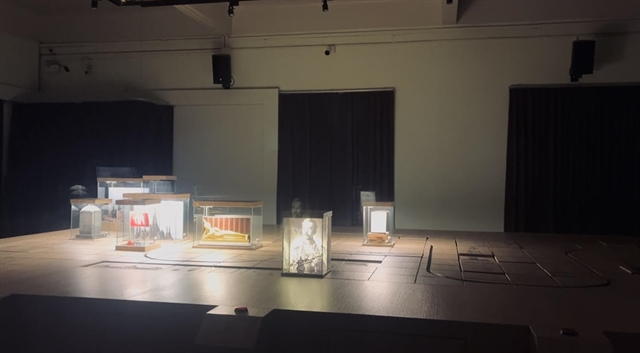
An interactive room of the museum describes the historical story of Thailand, with milestones represented by music patterns.
Operated by the National Discovery Museum Institute, Museum Siam is Thailand’s first 'discovery museum', a concept focused on hands-on learning and visitor engagement.
Housed in the former Ministry of Commerce building, the neoclassical structure was repurposed to foster a culture of lifelong learning, especially among young people.
The creation of a brand-new notion and image of a museum in a learning society, through modern technology and creative activities, is to make learning histories and stories more interesting and enjoyable.
The new learning is composed of a main exhibition, special exhibitions and creative learning activities. The museum creates a space where visitors can explore Thai history and culture through interactive and technology-driven exhibits.
The museum’s permanent exhibition, named "The Echo of Thailand", tells the story of the nation’s past through multimedia, while rotating exhibitions and public programmes are held year-round to maintain relevance and excitement.
“So these things made a difference from other museums,” Sukumal said.
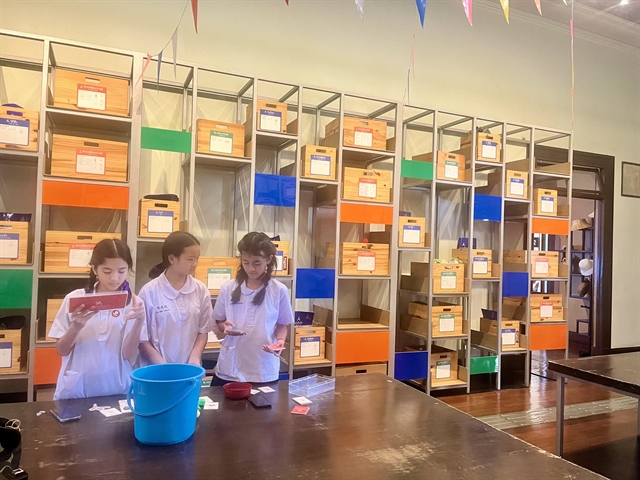
Visitors in an interactive room in the museum in Bangkok, Thailand.
Interactivity at the core
Museum Siam departs from traditional static displays, instead embracing multimedia tools and interactive installations.
Visitors can experience historical events through sound-and-light performances, explore ancient Thai architecture recreated using LED projections and engage with Thai cuisine using smart tables that display dish information when a plate is placed in the correct position.
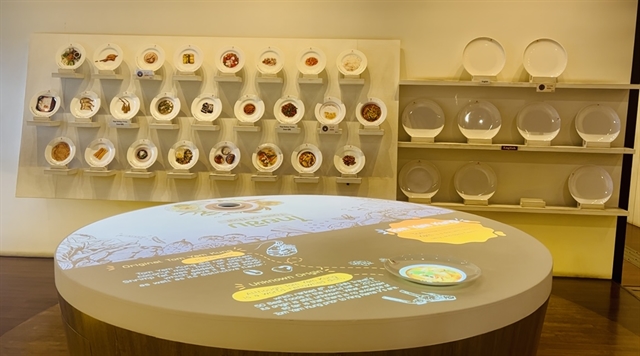
Thai cuisine is introduced to visitors by an interactive table. QR codes are used to display more information in the museum.
“Our museum uses more techniques that can encourage the audience to participate with us,” Sukumal said.
The museum integrated everything from hands-on activities to augmented reality and virtual exhibitions.
However, keeping pace with change has its challenges.
“The change of the technology is very fast and the people always require new experience and participation these days,” she said. "Therefore, the museum had to build a team capable of adapting quickly."
The museum serves all age groups, not just children, so the programmes need to be inclusive and accessible, according to Sukumal.
It also adapts content based on the audience’s age and needs, from workshops to videos for younger people.
“For foreign people, we have tools and videos that can help them better understand the contents of the exhibition,” she added.
Sukumal believes a clear vision and an audience understanding are the key to smoothly running the museum.
"The museum must know what message it wants to convey and to whom," she said. "Then you can know how to create or design the content dialogues and how to design the museum, the exhibition or the presentation that you give to your audience well.
“Nowadays, everybody uses the technology, ranging from the personal media to personal devices. So in the museum industry, we have to work well to be compatible with the new shape," Sukumal added.
The complex also has to work very closely with new rules that affect the community-based media, making sure it can create more interesting things along the way.
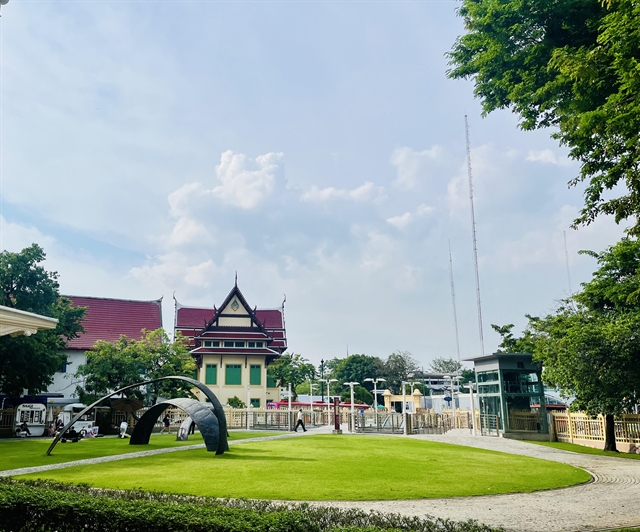
A corner of the courtyard of the Museum Siam.
To attract more international visitors, the museum promotes itself through global media and tourism campaigns, supported by the Thai Government. Audience feedback also plays a major role in shaping the museum’s direction.
The museum conducts annual evaluations and collects insights to improve its services, and the marketing team uses the findings to refine exhibitions and address any concerns raised by visitors. "So that we can make the museum more satisfying for its visitors,” Sukumalsaid. VNS